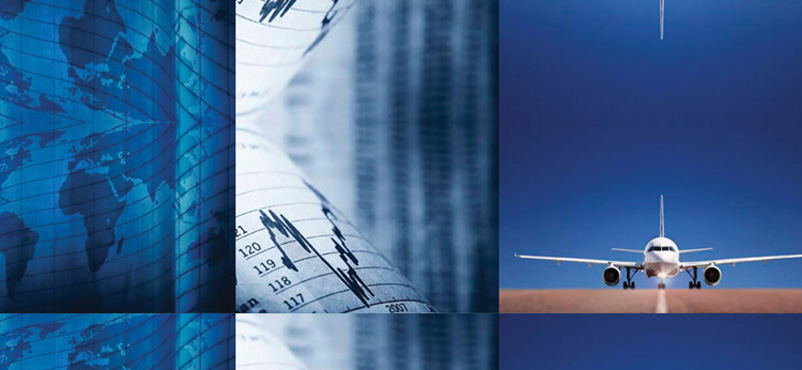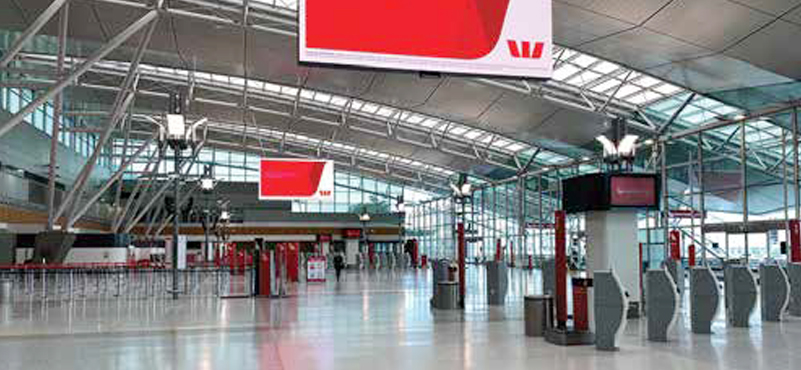CAPA’s latest report stressed on the importance of developing home-grown leasing ability to cope up with the massive projected growth in the domestic aviation sector. The report highlighted that India had the world’s third largest aircraft order book behind the US and China, with more than 1000 aircraft on order to commercial airlines and was valued at around USD 50 billion. ‘The vast majority of these aircraft would be taken on lease from offshore lessors,’ the report read. Given the immense scale of the industry, India needed an increasingly capable and sophisticated home-grown aviation eco-system, spanning aircraft maintenance, aerospace manufacturing and aircraft leasing amongst others, the report noted. It suggested that India needed to emulate China in pursuing development in those areas.
The report backed the government’s initiative of ‘exploring measures to enable the development of aircraft lessors resident in India.’ It noted that the success of leasing industry was dependent numerous factors such as availability of highly-skilled professionals, with experience across areas such as aircraft marketing, compliance and risk monitoring, re-delivery, technical oversight, capital raising, treasury functions, strategic planning, and tax and legal advisory. ‘Despite the high labour and operating costs in leasing centres such as Dublin and Singapore, the scalability of the business and the low rates of taxation deliver high returns for equity providers’, it read.
The report insisted that India was not an attractive location to base leasing activities, from a foreign lessor’s perspective. Even if fiscal benefits were available as a result of locating in a tax-friendly Special Economic Zone (SEZ), key challenges were going to remain owing to the present structure of India’s DTAs, CAPA report read. ‘It would render proposals from an Indian-resident leasing company uncompetitive, it further suggested.
CAPA report noted that in order to establish leasing activity, able to offer Indian airlines competitive lease rates, was insulated from currency movements, and generated tax revenues required lessors to domicile in India, but also necessitated that domestic providers of capital (and not just banks) come forward. ‘The prospects for an Indian-resident lessor will improve if the entity has Indian shareholders and creditors. However, the challenge with this is that to meet the return expectations of local capital providers, the lease rates that would need to be offered would not be competitive,’ the report reasoned.
While the CAPA report commended the government for taking measured steps to improve the state of leasing in the domestic milieu, it also raised several pertinent questions. It questioned whether an Indian carrier would find it beneficial to lease equipment from an Indian lessor, besides suggesting that that an Indian carrier might not be comfortable with the level of disclosure required to execute such transactions in India, given the absence of clarity around the applicable framework. It also stated that ‘sale-and-leaseback” was the preferred structure. Among others, the report posed questions on the induction of expertise, the development of the necessary legal and tax advisory skills.




































